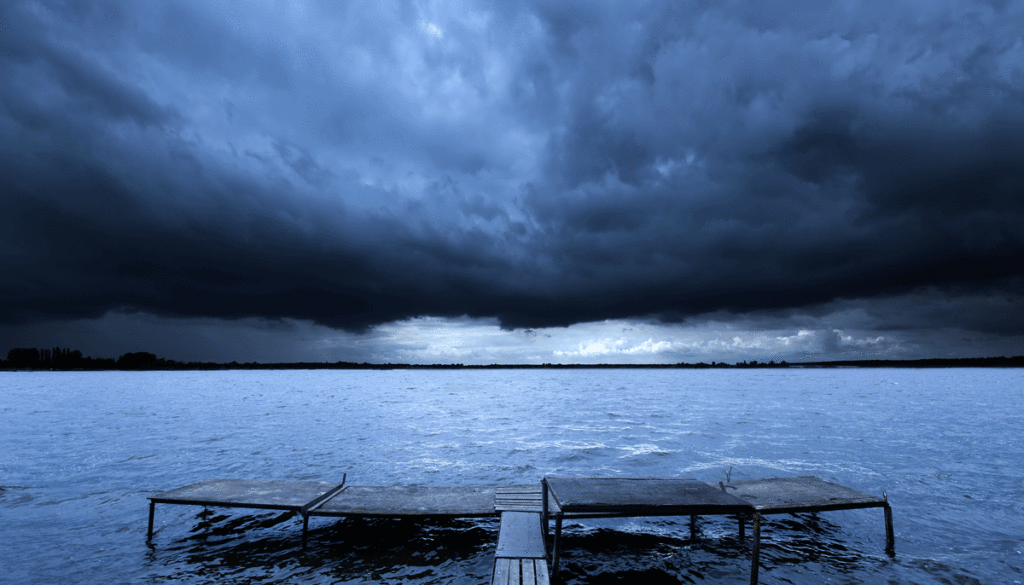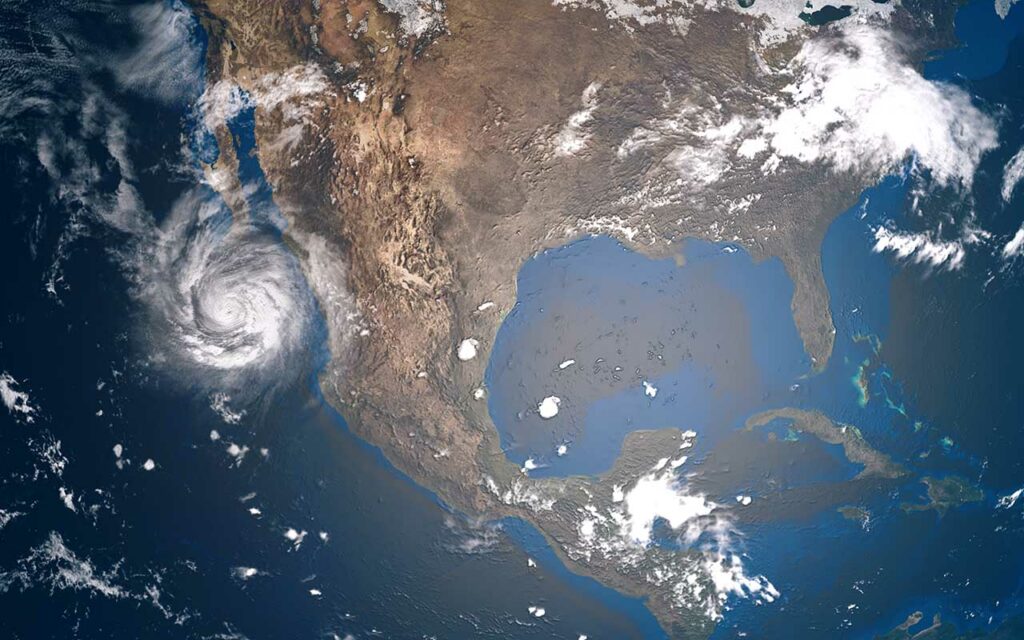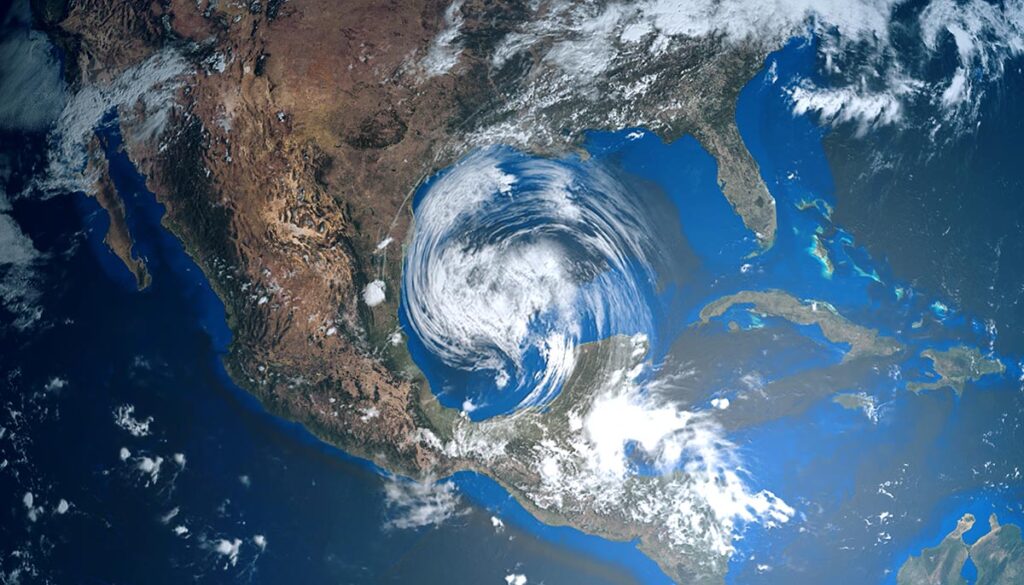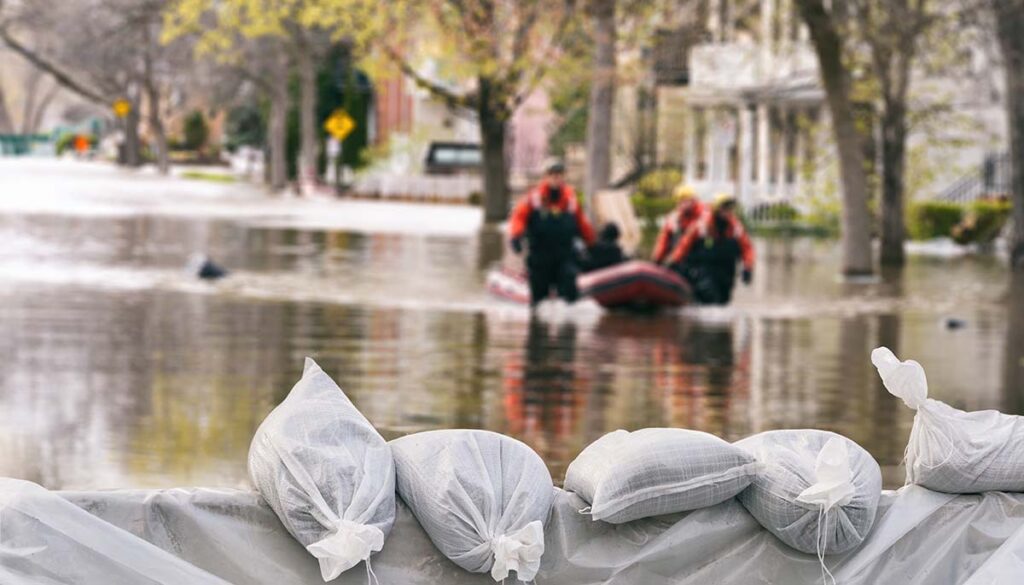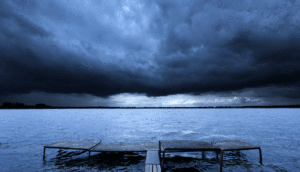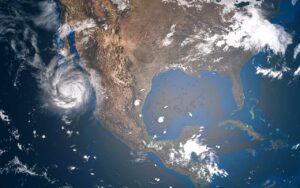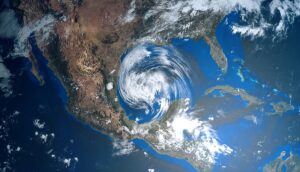In 1999, a torrential downpour inundated Vargas State in Venezuela. However, outside of history buffs and meteorologists, few Americans know anything about the Vargas Tragedy, one of the world natural disasters in to ever take place in the Western Hemisphere. Today, we’re taking a closer look at the tragedy, its causes, and the lasting impact of the devastating loss of life.
Background
Vargas isn’t a stranger to flooding and landslides. The region sits on the northern shore of Venezuela, bordered by the Pacific Ocean to the north and a tall mountain range to the south. This unique geography has led to numerous landslides and flooding events in the region, and geological surveys have suggested that these events have occurred regularly for thousands of years.
The state of Vargas is unique in the region as it’s one of the few large, flat plains in an otherwise rocky and mountainous region. The alluvial fans that are home to the cities and settlements of the state, ironically enough, were made from the deposited sediment of prior floods carrying mud and stone from the mountaintops to the seashore.
By 1999, the Vargas strip was home to hundreds of thousands of people. The region hadn’t experienced a bad flood since the 1950s, and, even then, the most recent flood event wasn’t major enough to cause any serious, lasting damage.
The Rain Falls
The rainfall started in December of 1999, the middle of Summer in the Southern Hemisphere. The rainfall totals were unusually high, with the people of Vargas beginning to grow nervous about the non-stop rainfall. Between December 14 and December 16 of 1999, the region recorded almost 36 inches of rainfall. To put that into perspective, that’s roughly a year’s worth of rainfall in the span of three days.
On December 15, the rainfall began stripping the topsoil from the mountainside, and the water flowing alongside the rock and sediment became a dangerous form of landslide known as a debris flow. This is a granular flow in which sediment particulates mix with water into a deadly rush of liquid and solid that can sweep away people, cars, and even buildings.
All told, the disaster could have caused as much as $3.5 billion in damage. The death toll could have been between 10,000 and 30,000, though it’s difficult to get an exact number. At the time of the disaster, Vargas didn’t have reliable census data, but estimates are based on the economic impact of the disaster. Only around 1,000 bodies were recovered; experts believe the rest of those lost to the flood were swept out to sea.
Lasting Impact
The cleanup of the disaster became quickly politicized, with some leaders in Venezuela arguing that accepting help from the US would become a matter of giving up their sovereignty. Others argued that the disaster was of enough significance to merit accepting help from whoever was able to provide it.
The disaster has led to a shift in perception of the Vargas region, and the Venezuelan government at the time promised changes to the region’s infrastructure to address the next flood that is certain to hit the region.

